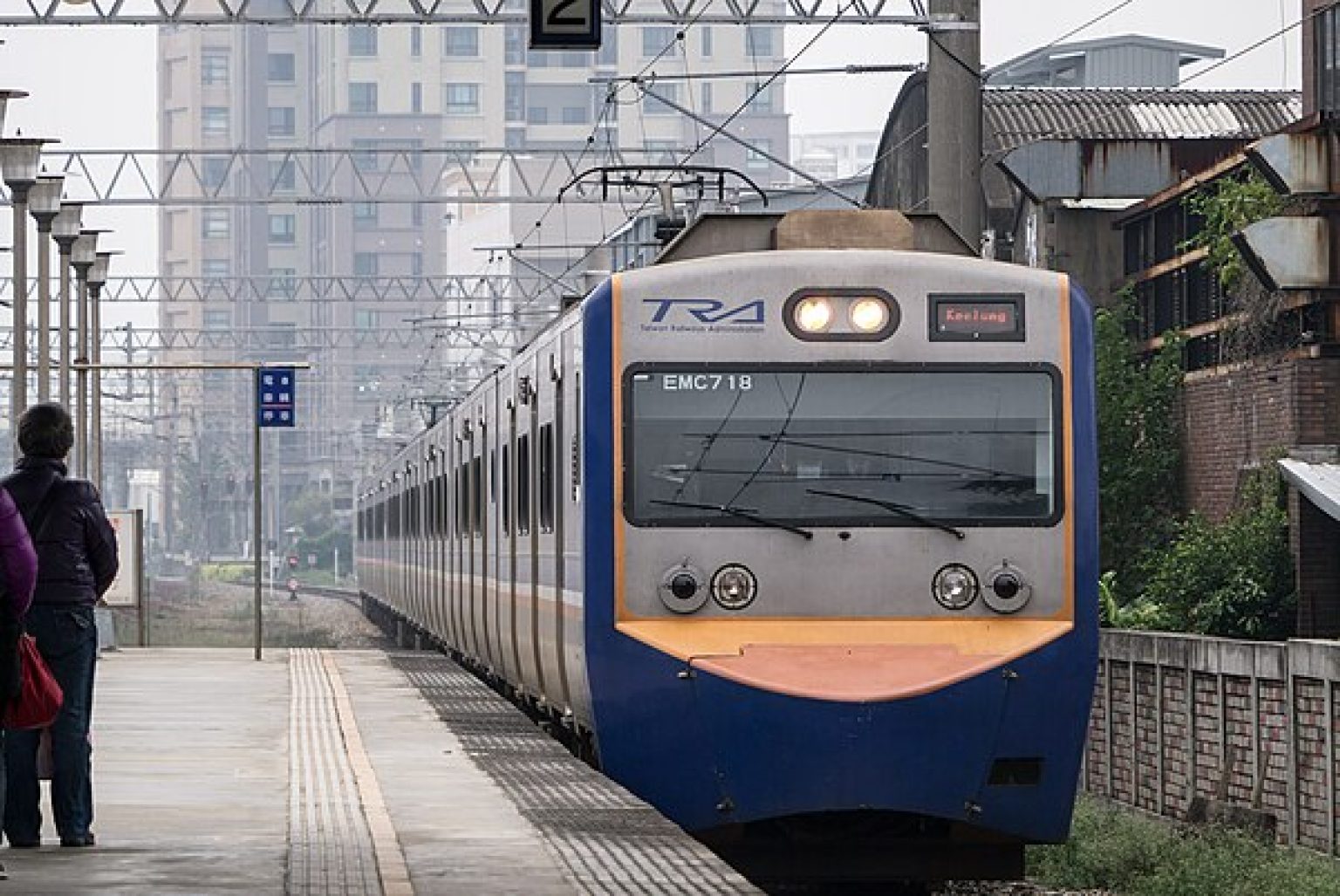
Exploring the Relationship Between Public Transit and Housing Affordability
Geographically constrained cities often face a pronounced housing affordability challenge due in part to the spatial limitations imposed on their ability to produce additional units in their housing stock. These cities tend to see residents pushed into stretch commuting areas, often building dependence on unsustainable means of mobility such as single occupancy vehicles. Could governments incentivize more sustainable development through public-transportation network expansion that serves potential suburban housing areas?
A working paper, “Suburban Housing Creation: Result of Transit Network Expansion in Central City,” presented at the inaugural MIT Asia Real Estate Initiative Symposium utilizes development pattern data from Taipei to assess the impact of metro-line expansion on local housing markets. The paper was presented by its lead author, MIT/CRE and National University of Singapore’s Wen-Chi Liao. Additional authors include Nankai University’s Kecen Jing and Hunan University’s Yilan Luo.
Liao is the Associate Professor of Real Estate at National University of Singapore and a Visiting Associate Professor at MIT/CRE. His research areas include urban economics and regional science, real estate economics and finance, industrial organization, and transportation.
The symposium, hosted at MIT in the summer of 2023, is a pillar of the MIT Center for Real Estate (MIT/CRE)’s Asia Real Estate Initiative, which provides a platform for academic and professional collaboration to center sustainability in Asian real estate development, management, and investment.
Image Source: Wikimedia.org


